Tadpole update and....
Apr 13, 2019 14:57:11 #
Springtails - I found what I thought was a 'float' of eggs on my tiny nature pond but through the lens they became Springtails. It seemed strange to find them like this.
A tiny garden spider - this was at the base of a cone shaped web, the cone was deeper than it looks in the image, also unusual for this spider.
Ladybird - a Harlequin variety.
A tiny spider, I think a philodromus variety
A tiny garden spider - this was at the base of a cone shaped web, the cone was deeper than it looks in the image, also unusual for this spider.
Ladybird - a Harlequin variety.
A tiny spider, I think a philodromus variety
All have legs and toes now.
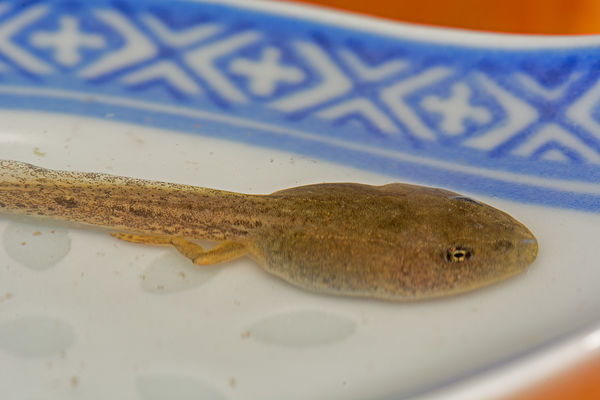
(Download)
Found with others crowded together on a pond.
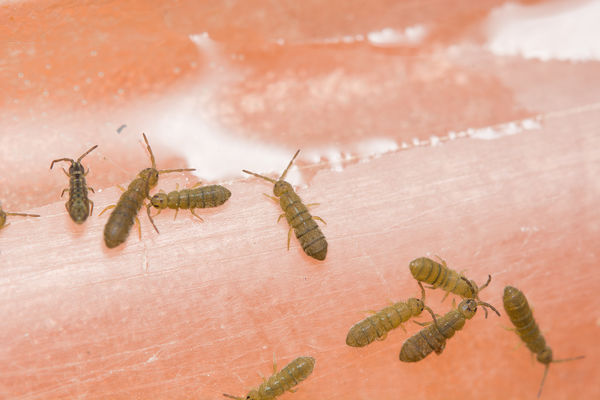
(Download)
An adult at bottom of web cone, odd for the time of year.
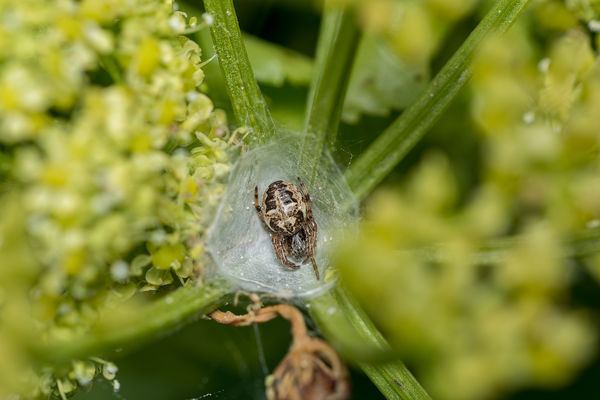
(Download)
A Harlequin lady beetle.
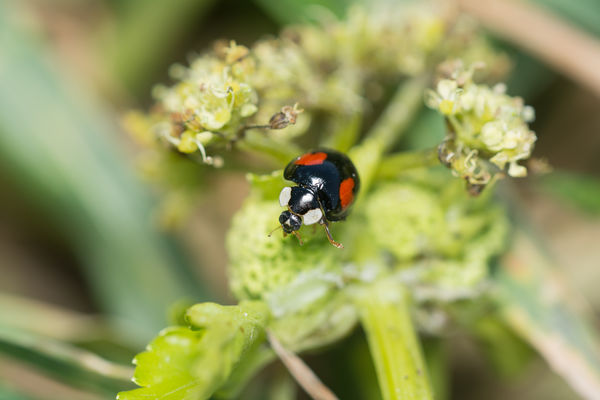
(Download)
A Philodromus Crab spider, I believe.
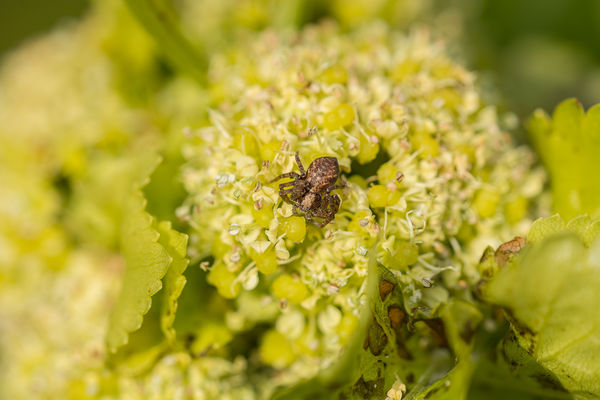
(Download)
Apr 13, 2019 15:15:22 #
Apr 13, 2019 15:15:58 #
Apr 13, 2019 15:38:52 #
all good but my fav is that herd of springtails. good find and nice shootin
Apr 13, 2019 16:18:39 #
Rear legs first. Turns out frog, not salamander. Oops
Springtails on still water not uncommon. Once in Maryland I have seen cover many square meters of water with their aggregations. Must be millions. They cannot sink they are so light. Scales keep them dry.
Hello Brenda. Nicely shot. Bill
Springtails on still water not uncommon. Once in Maryland I have seen cover many square meters of water with their aggregations. Must be millions. They cannot sink they are so light. Scales keep them dry.
Hello Brenda. Nicely shot. Bill
Apr 13, 2019 16:53:34 #
newtoyou wrote:
Thanks Bill, I suppose the springtails just get onto water by accident, it doesn't seem to be their natural habitat apart from that it is in a damp area where eggs may be sensibly laid. I only recently learned that they are not classified as insects.Hello Brenda. Nicely shot.
Apr 13, 2019 16:56:00 #
tinusbum wrote:
Thanks Tom, I thought you would like the Springtails. There was a 'float' of them about 3 inches across but when I disturbed them they dispersed.all good but my fav is that herd of springtails. good find and nice shootin
Apr 13, 2019 21:45:44 #
All very interesting. Yes, springtails can aggregate on water. I don't know why but yes it seems likely that they do so by accident.
Apr 13, 2019 23:06:52 #
Bit more on springtails.
Until DNA was used, these were insects. Fossil collembola found 400 million years old.
There are no aquatic springtails, but SEMI aquatic, yes. The ones I spoke of finding earlier were IDed for me as a Podura sp.
Semiaquatic springtails have a more flattened furcula and tarsal claws higher on leg to not break surface film. As they aggragate, pheromones become stronger and attract more until, as I have seen, many square meter colonies form. As detritavores, they feed in the surface film and lay eggs there.
My text from 1975 is now quite out of date. They were still insects then.
I do not know who made the count, but I have seen an estimate in print of 300,000,000 per acre in ideal conditions. Bill
Until DNA was used, these were insects. Fossil collembola found 400 million years old.
There are no aquatic springtails, but SEMI aquatic, yes. The ones I spoke of finding earlier were IDed for me as a Podura sp.
Semiaquatic springtails have a more flattened furcula and tarsal claws higher on leg to not break surface film. As they aggragate, pheromones become stronger and attract more until, as I have seen, many square meter colonies form. As detritavores, they feed in the surface film and lay eggs there.
My text from 1975 is now quite out of date. They were still insects then.
I do not know who made the count, but I have seen an estimate in print of 300,000,000 per acre in ideal conditions. Bill
Apr 14, 2019 02:20:13 #
newtoyou wrote:
Bit more on springtails. br Until DNA was used, th... (show quote)
Thanks Bill, that is very interesting. I will be watching the water surface more carefully in future. There is more to these little creatures than meets the eye and lots of diversity within the species.
Apr 14, 2019 02:21:00 #
Mark Sturtevant wrote:
All very interesting. Yes, springtails can aggregate on water. I don't know why but yes it seems likely that they do so by accident.
Thanks Mark, I am fascinated by them now.
Apr 14, 2019 09:31:07 #
Brenda, what a lovely variety your garden has and these creatures are fortunate to have you enjoying them there. This is another super series of images and thanks for sharing and I enjoy seeing the tadpole updates.
Apr 14, 2019 09:32:14 #
sippyjug104 wrote:
Brenda, what a lovely variety your garden has and these creatures are fortunate to have you enjoying them there. This is another super series of images and thanks for sharing and I enjoy seeing the tadpole updates.
Thanks Gary.
Apr 14, 2019 17:57:31 #
splendid images of small things, springtails are a nice grouping in focus, that small makes it a bit easier..........good information, thanks all..........
Apr 14, 2019 19:20:10 #
If you want to reply, then register here. Registration is free and your account is created instantly, so you can post right away.








